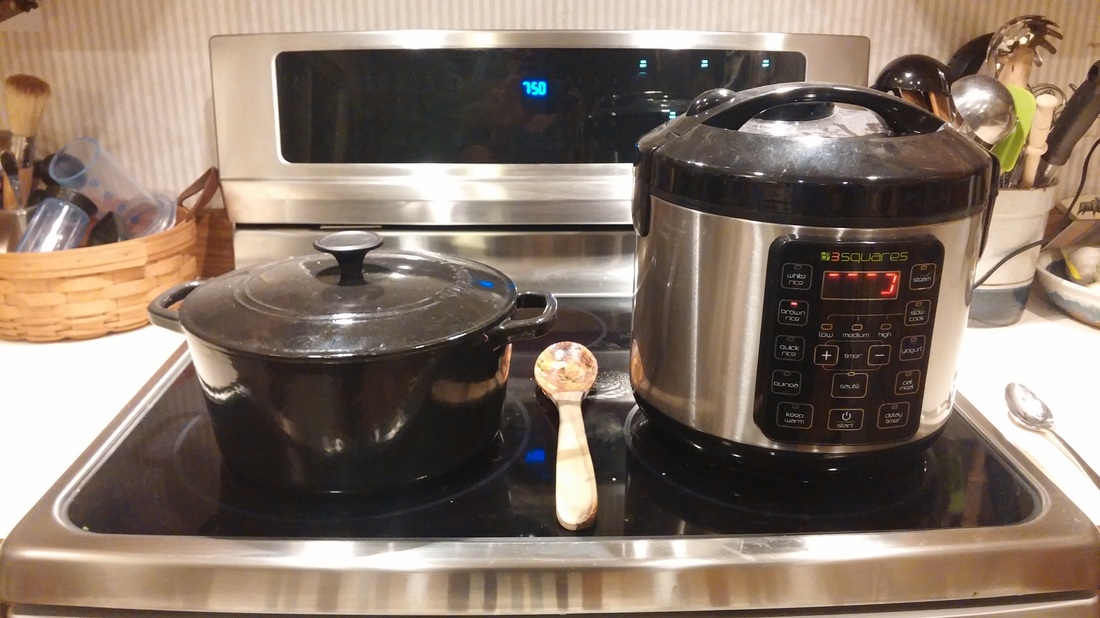 With the temperatures cooling down, its human nature to start craving hearty, cooked meals that warm you from the inside out. Soups and stews are a popular choice, but by mid-November it’s easy to get bored of the regular recipes. When I start getting chilly, I reach for my curry powder. The word curry actually means “sauce” in Indian and Asian cultures. It is typically made with a cream base, cooked with meats and vegetables of choice and served over rice. There are many different kinds of curries from the dairy-based Indian curries to the coconut milk-based Thai curries. The fun part about making your own curry is that it is pretty much impossible to mess up! They can be a one-pan meal or even done in a slow-cooker. You can use any vegetables that you like, your favorite protein source, and can use cow’s milk, coconut milk, or a vegetable stock as your liquid base. Additions like curry powder, red curry paste, lemongrass, garlic, and onion will bring ethnic flare to your dishes and can be found in most grocery stores.
Nutrition facts per 1/6 of recipe: 483 calories; 18g fat; 54g carbohydrates; 5g fiber; 27g protein; 231g sodium. This next recipe uses seasonal vegetables, is vegetarian, and is easy on the wallet! The lentils pack a ton of iron, fiber and protein to help satiate you until your next meal. Butternut squash lends a slight sweetness, and bright green kale adds a great dose of vitamin K. Curry powder is made of a blend of healthy spices, but doesn’t make the dish spicy-hot. This may be better for children and folks with sensitive palates. Since this dish is so hearty, it doesn’t need to be paired with rice and can be eaten more as a stew. Feel free to add in whole grain brown rice if you miss it. Autumn Butternut Squash and Lentil Curry
Curries are a wonderful way to satisfy your comfort food cravings and still pack in a ton of nutrients. These two recipes are very versatile, so feel free to add and take out any vegetable or other ingredient that you like. Try out your own variations and leave us a comment about what you did!
Enjoy! Lauren - Dietetic Intern
0 Comments
Isn’t it clear to everyone that those who don’t already love zucchini, just haven’t prepared it right? The seasonal summer squash peaks in June through August, but can sometimes be harvested year-round, making it convenient and affordable for the average consumer. Remember Grandma’s zucchini bread, where no vegetable could be detected whatsoever? Zucchini has long been coveted for its neutral taste and versatility. Not only is it rich in fiber, the starchy vegetable also contains essential nutrients like vitamin A and C, manganese and potassium (most hide in the skin, so try to keep it on)! Additionally, a high water content makes the zucchini low in calories while being filling at the same time. Whether it is a moisture additive, texture component, or low-carb starch replacement- a zucchini is sure to add to any meal- in color and health benefits. If you are not a fan, maybe it’s time to rekindle your relationship with the ever-so-lovely zucchini? Perhaps peering at our recipes below will make you want to give it a second chance!
If you have not yet experienced the magic of zoodles, here’s what I can tell you: it is a culinary life changer. The zucchini seamlessly cooks down into a soft, flexible “noodle”; perfect for decorating with sauces or garnishes you would find in any kind of pasta. This recipe in particular steers away from a classic pasta by incorporating zoodles in a vegetarian Pad Thai. It has just the right amount of spicy and sweet. Don’t have Menno’s? Feel free to use your own favorite peanut sauce, or plain peanut butter diluted with water for a milder taste. Need some meat to go with those veggies? Both shrimp and chicken work well with this recipe, as well as pack in some extra protein. 1. To clean and stuff flowers: snap stems off flowers, rinse well under cool water, carefully open each flower and remove insides. Set aside on towel to dry. 2. Set up your sauté station: shallow wide bowl for whisked eggs, large plate for seasoned flour, and large plate with paper towel for cooked flowers. 3. Once flowers are completely dry, carefully open and stuff about a tablespoon of cheese, closing petals if you can. Use judgment on amount of cheese based on size of flower. 4. Heat oil in large nonstick skillet. Using your fingers, carefully dip each stuffed flower into egg mixture and let extra drip off. Place egg covered flower into flour mixture and gently toss to coat, shaking off excess flour. Place into hot oil. 5. Once flowers are browned on bottom, about 3-4 minutes, carefully flip and cook other side. Cook for another 2-3 minutes or until browned and then take out and place on paper towel so that extra oil will be absorbed. Repeat until all flowers are cooked. Adapted from http://aggieskitchen.com/cheese-stuffed-zucchini-flowers/ OK, let’s say you are already a zucchini fanatic and have cooked it as many ways as you possibly can. Have you ever thought about eating the flowers? This ingenious recipe could not be more delicious. Zucchini blossoms have a wonderfully delicate texture, and have been incorporated in traditional Latino dishes for quite some time. Even more interesting is that the flowers contain all of the same vitamins and minerals as the zucchini itself! Try out these nutrient-rich stuffed flowers the next time you’re craving something cheesy. If you’re not a gardener yourself, these blossoms may be hard to come by. Try asking your local farmers, searching a fruit stand, or stopping by a Hispanic food market if you’d like to give this recipe a try!
Happy cooking, squash connoisseurs (and zucchini lovers in the making)! Olivia Love  What is the difference between a sweet potato and a yam? Sweet potatoes are part of the morning glory family. This means that sweet potatoes are not actually potatoes at all and are part of a different family that grows with beautiful vines and flowers. While sweet potatoes are edible roots, yams are large tubers that are starchier and are more similar in texture and taste to russet potatoes. It is hard to find true yams in the U.S. because these tubers are grown in parts of the world with specific climates such as the Caribbean and Africa among others. Keep in mind that many varieties of sweet potatoes are available in our country, ranging from the typical orange flesh varieties to white flesh varieties. 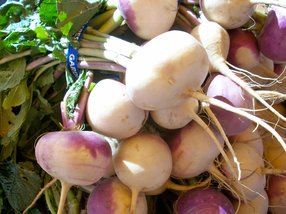 What is the difference between a rutabaga and a turnip? It is hard to visually distinguish the difference, but rutabagas have a yellower flesh and turnips have a whiter flesh. This color difference explains why rutabagas are a source of vitamin A and turnips are not. The taste and texture of these two roots are similar and for sweeter taste, choose smaller rutabagas (4 inches in diameter) and turnips (2-3 inches in diameter). 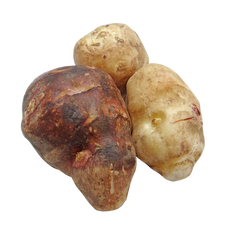 Some market visitors were also unfamiliar with a sunchoke. This tuber is similar in taste and texture to the artichoke that most of us recognize, but it is actually a variety of sunflower. Keep in mind that it provides an amount of inulin that can cause gastrointestinal discomfort in large amounts. Try sunchoke in small amounts to enjoy the great flavor with comfort. It is in season starting in October, according the Washington seasonality chart. For more information on different root and tuber vegetables visit Berkley Wellness. The following recipes incorporate root vegetables with simple and tasty combinations whether you are cooking dinner after work or preparing meals on the weekend for busy weekdays.
Preheat oven to 400 degrees F. Before cubing, wash and scrub the root veggies well so you don't have to peel them. In a large rimmed sheet pan combine the vegetables. Add the garlic, rosemary, and thyme. Drizzle olive oil to coat vegetables and toss well to coat. Space the vegetables in single layer with plenty of room; consider using a second baking sheet if needed so that veggies are not touching each other. We want them to roast (lots of air circulation needed) rather than steam. For the same reason, use a low rimmed sheet versus a higher sided casserole dish. Roast in the oven for 40-45 minutes or until tender. Flip the veggies about every 10-15 minutes to ensure even roasting on all sides. Enjoy hot or cold! Next time you are at the store or your local market, include root and tuber vegetables for an in-season and tasty meal during the week. We hope you enjoy the season of root and tuber vegetables for great nutrition as the weather changes! Please share your experience with these recipes or reaction to this blog post by tweeting @sounddietitians or posting to our Facebook page. -Emilyann |
SD BlogA place for our consultant Registered Dietitian Nutritionists (RDNs) to share nutrition science, yummy and healthy recipes, tips on seasonal ingredients, and other nutritional musings. Enjoy! Categories
All
Archives
May 2024
|


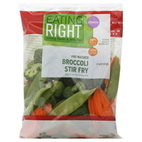

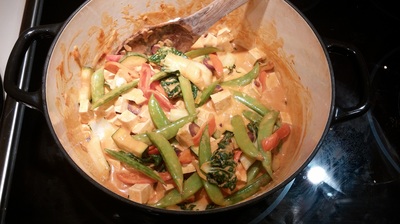
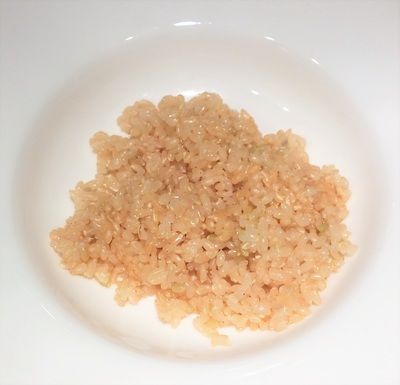

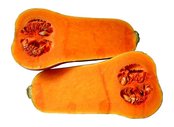
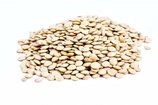
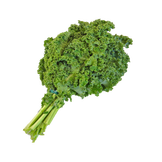
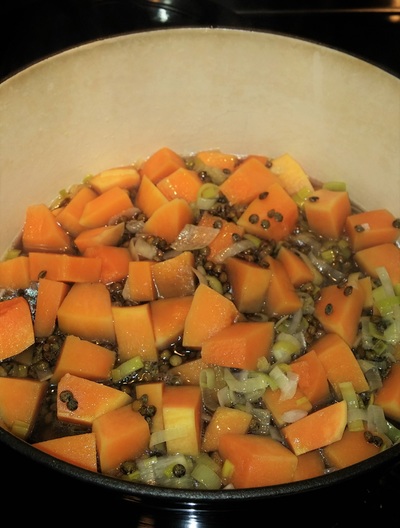
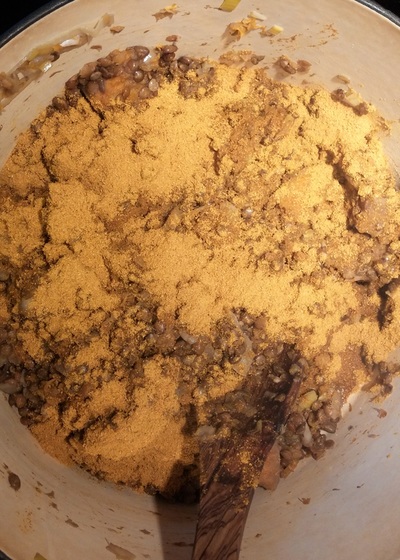
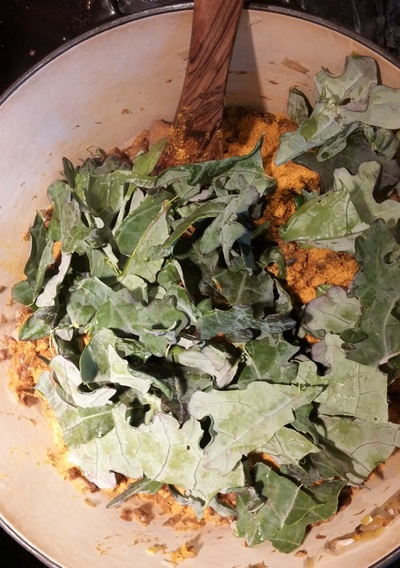

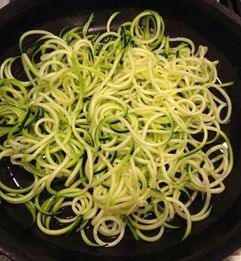

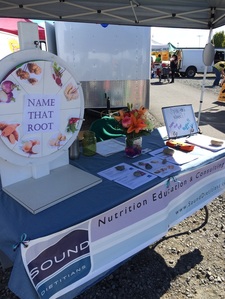
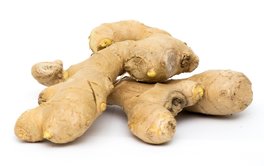
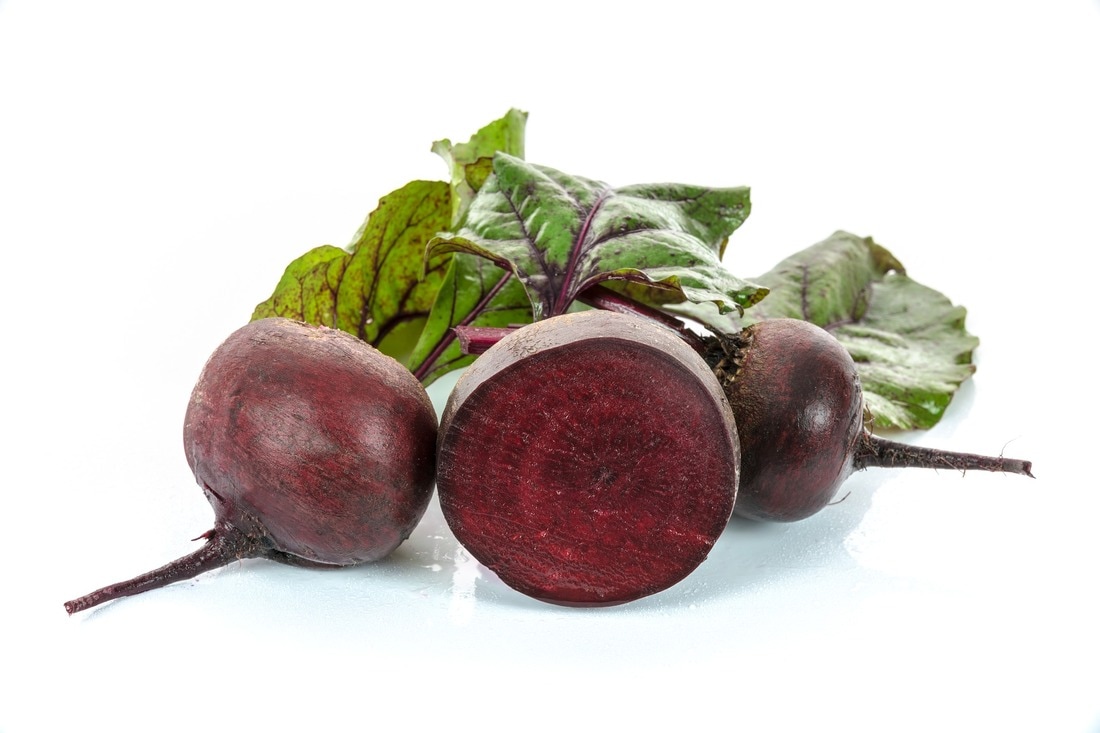
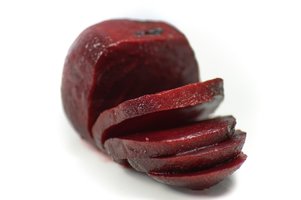
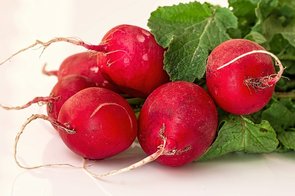
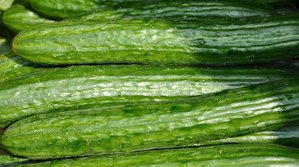
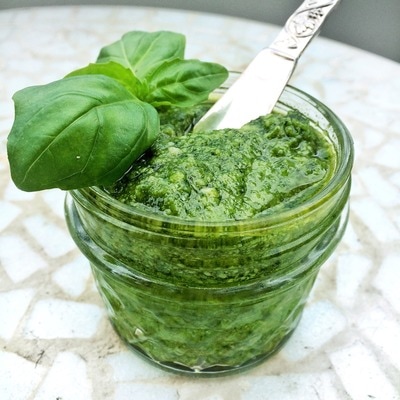
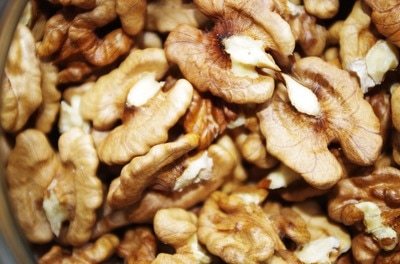
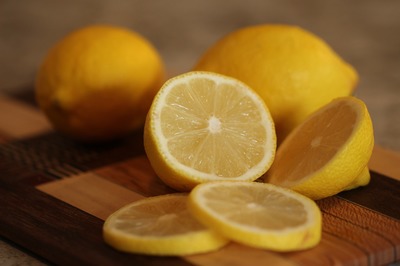
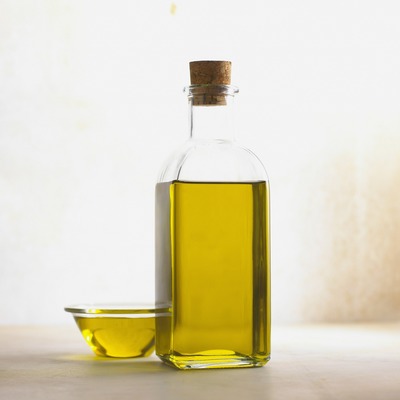



 RSS Feed
RSS Feed